IRENA report identifies increased renewables use in Germany



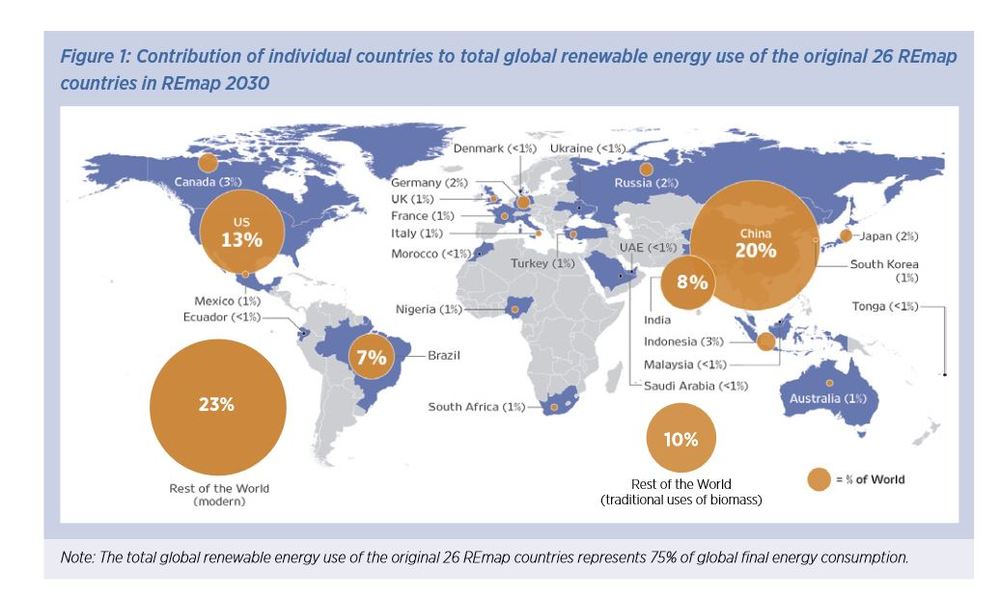
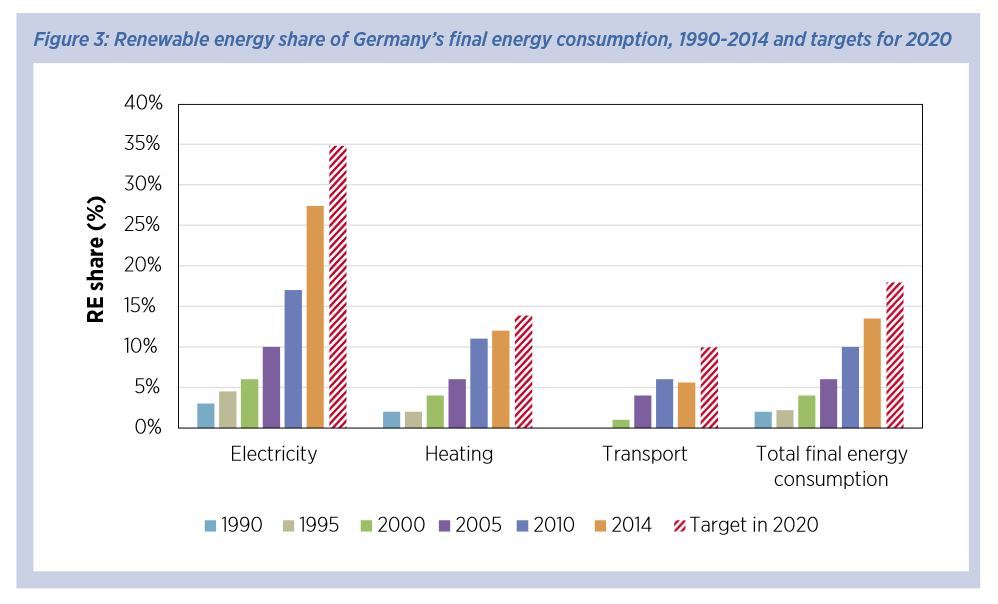
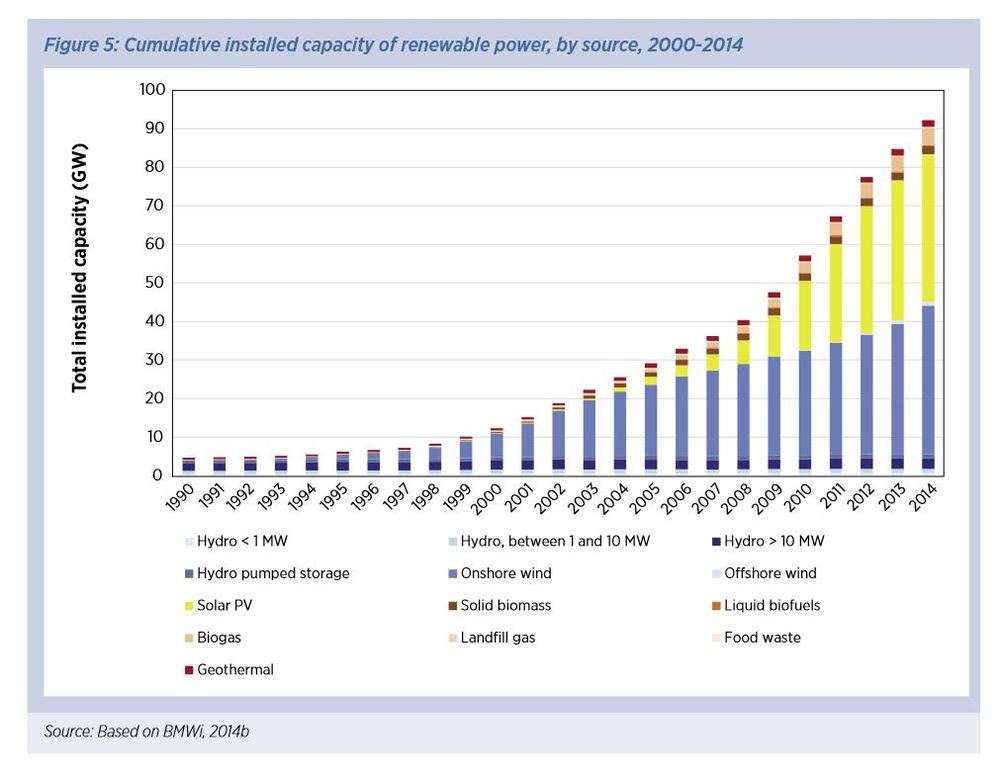
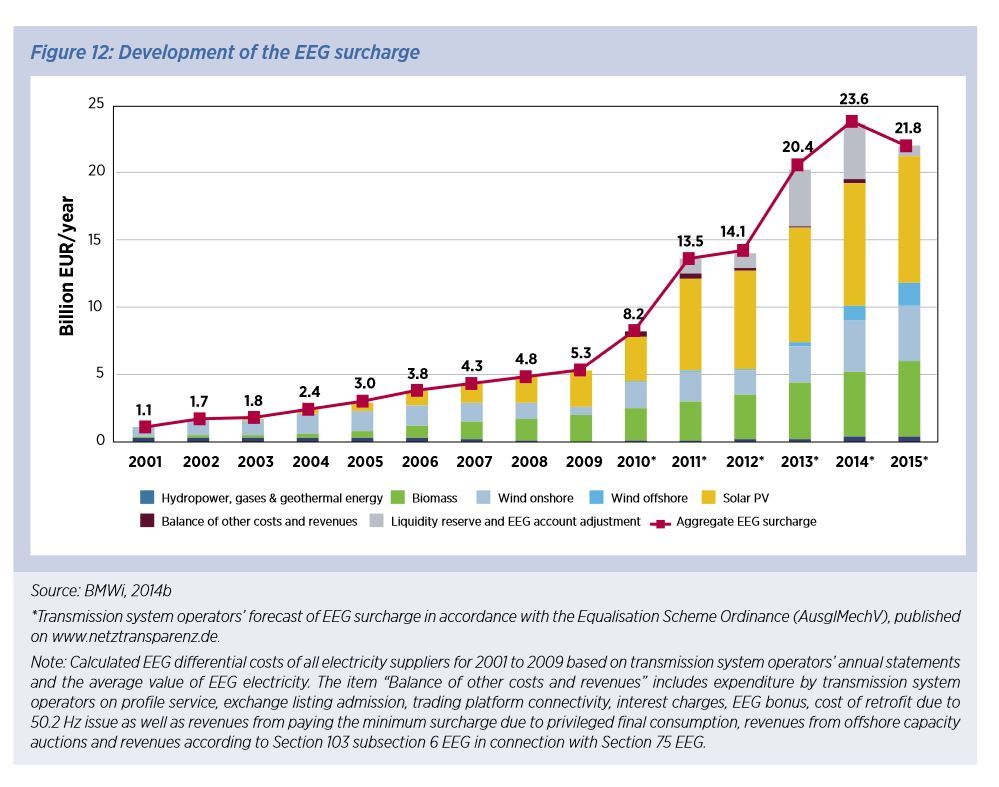


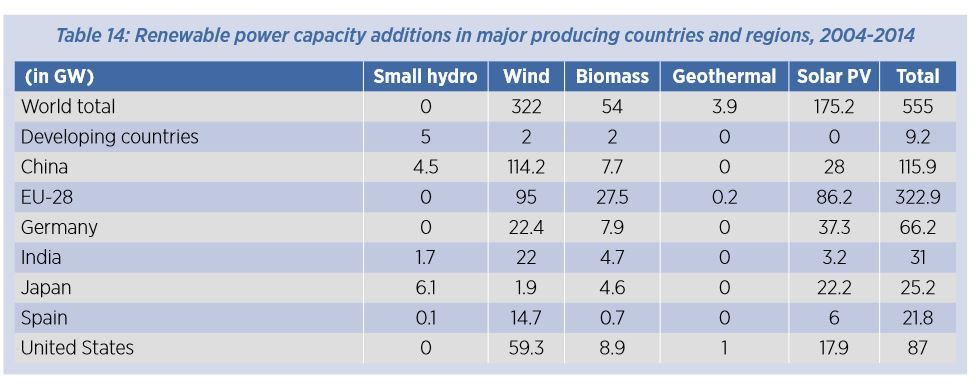
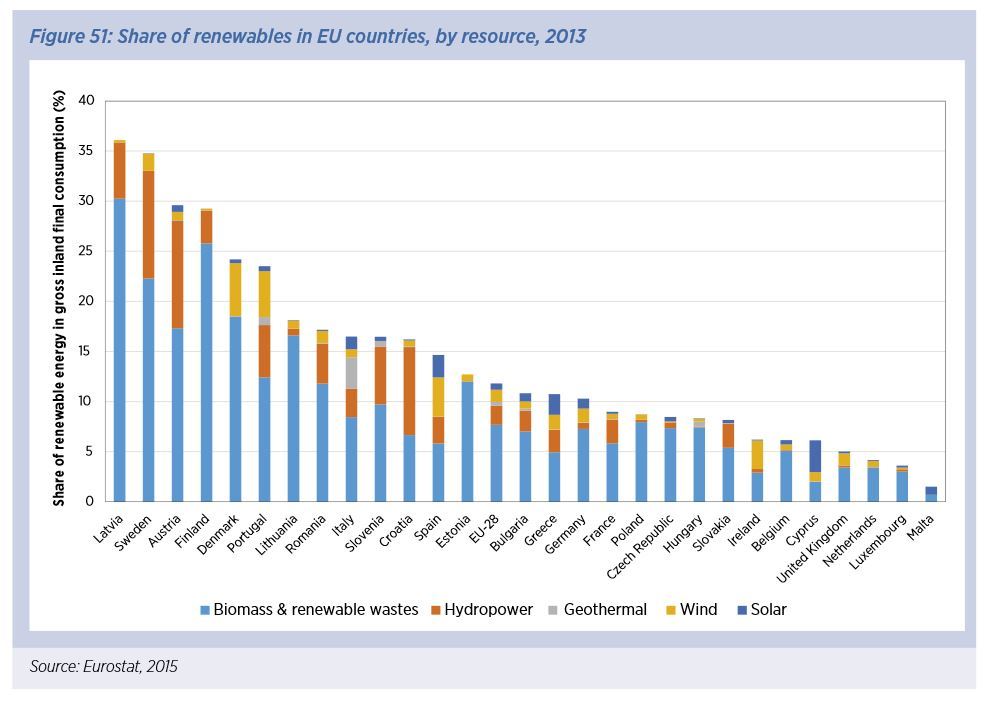
















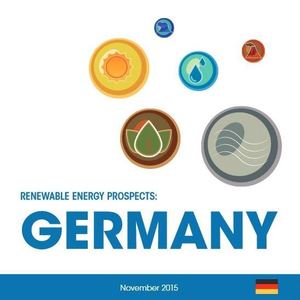
Photo: International Renewable Energy Agency
November 12, 2015
BY Katie Fletcher
According to a report released this week by the International Renewable Energy Agency, Germany is on track to reach its 2030 renewable energy targets. However, to meet even higher shares of renewables, the deployment of renewable heating and transport technologies needs to be accelerated.
This report on Germany is part of IRENA’s renewable energy roadmap, REmap 2030. Renewable Energy Prospects Germany finds Germany has the potential to further increase the amount of renewable power and achieve significantly higher shares of renewables in the end-use sectors: buildings, industry and transport.
The end-use sectors offer significant additional renewable potential, according to the report. If all of the technology options identified in REmap are deployed, for example, the use of biomass for heating in industry and buildings can increase by 8 million metric tons per year by 2030, compared to the reference case. For the reference case, this roadmap builds on the 2014 report Energy Reference Forecasts, prepared for BMWi by Prognos AG, the Institute of Energy Economics at the University of Cologne and the Institute of Economic Structures Research.
Half of the total final renewable energy use in REmap 2030 is from biomass. Biomass has only a low contribution to total renewables use for power generation, given the availability of other renewable energy technologies such as wind and solar. However, the report stated that biomass is an essential technology for heating and particularly for use in the transport sector, where alternatives for some modes like heavy transport, shipping and aviation are limited.
Total biomass demand in Germany is close to its supply potential, and importing from neighboring countries is not a preferred option, according to the report. This creates concerns about sustainability and the affordability of supply. Section 3.4, renewable heating and cooling in the building sector; 3.5, renewable energy in the manufacturing sector; and 4.7 biomass challenges provide more information.
Advertisement
Some key learnings from the report include the need to prioritize biomass use for applications where few or no low-carbon alternatives exist, and to develop a biomass plan to utilize limited biomass resources in the most sustainable and cost-effective way across their competing uses in the power, heating and transport sectors.
“REmap Germany provides an overview of the progress to date in the country’s energy transition,” said General Adnan Z. Amin, IRENA Director. “It also identifies where further action can be taken. Germany’s ambitious goals include securing more than half of its electricity supply and just under a third of its total final energy from renewable sources by 2030.”
He added that the REmap analysis—conducted by IRENA in collaboration with national and international experts – suggests the country has the potential to achieve even higher levels than are currently in place. Germany’s renewable power share exceeded 30 percent in the first half of 2015, and could exceed beyond 50 percent by 2030, but important grid and sector-coupling options must be considered. The power sector alone is not sufficient to transition the country’s energy system away from fossil fuels and meet its target of 30 percent renewable energy share in total final energy consumption.
Germany has grown its renewable power generation capacity from 12.3 gigawatts (GW) in 2000 to 85 GW in 2013. As a result, the share of renewables in electricity consumption has increased steadily over the last 15 years from 6 percent in 2000 to more than 30 percent in the first half of 2015.
Advertisement
“Germany’s rapid renewable energy expansion and ambitious targets have demonstrated to the world that a 30 percent share of renewable power is possible,” Amin said. “However, to meet even higher shares and continue building one of the world’s most energy-efficient, sustainable and low-carbon energy systems, Germany must now expand its focus beyond the power sector.”
According to the report, Germany will need to increase focus on renewable and electrification technologies in the end-use sectors, while also focusing more on the abundant renewable potential for heating and transport fuel. “As this report shows, further integration of the electricity, heating and transport sectors will be needed to further expand the share of renewables. Our Act on the Digitization of the Energy Transition is one important milestone to achieve this,” said Rainer Baake, German State Secretary for Energy.
In the report, it is stated that the industry sector has very specific heating supply requirements, which, today, renewables only play a modest role in supplying process heat. REmap shows that potential exists. The report indicates that biomass is, and will remain, the largest renewable energy source, but it should be allocated primarily to applications that require medium- and high-temperature heat.
According to IRENA’s analysis in REmap, Germany could reach a 37 percent renewable energy share in total final energy consumption by 2030. If only the power sector technologies identified are deployed, then the share would increase to 30 percent, the remaining technologies to increase the renewable energy share to 37 percent are found in the end-use sectors. The report indicates that depending on the technology mix, the portfolio to go beyond a 30 percent share may have additional costs to Germany’s energy system. Available renewable energy resources identified include mainly solar, geothermal, biomass, wind and hydro.
The report is part of IRENA’s renewable energy roadmap, REmap 2030, which provides a plan to double the share of renewable energy in the world’s energy mix by 2030 and determines the potential for Germany and other countries to scale up renewable energy in the energy system, including power, industry, buildings and the transport sector. To date, 38 countries take part in the program, and six other country specific reports have been published including China, Mexico, Poland, Ukraine, the United Arab Emirates and the United States.
The full report can be downloaded here.
Upcoming Events





